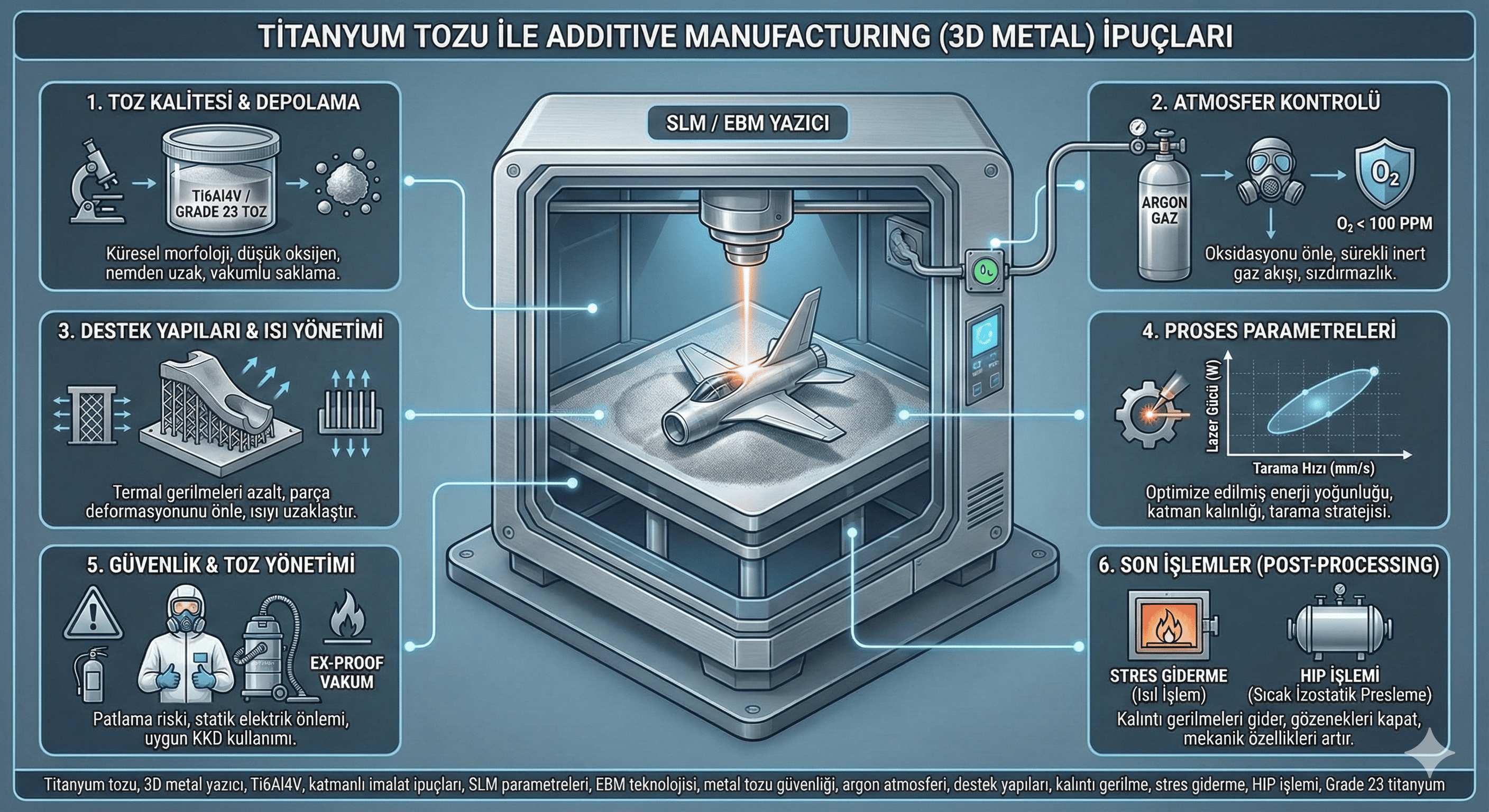Calcium carbonate nanoparticles (CCNPs) in paste form are increasingly utilized in various industrial and scientific applications due to their unique properties. This article explores the synthesis methods, structural characteristics, and applications of CCNP paste. It also addresses the challenges and future research directions in this field.
1. Introduction
Calcium carbonate (CaCO³) nanoparticles are fine particles of calcium carbonate with dimensions typically ranging from 1 to 100 nanometers. When formulated as a paste, these nanoparticles exhibit enhanced performance in numerous applications due to their small size and high surface area. This article provides an overview of the synthesis methods, properties, and diverse applications of calcium carbonate nanoparticle paste.
2. Structural and Physical Properties
2.1. Nanostructure
CCNPs are characterized by their nanoscale size, which leads to a high surface area-to-volume ratio. This nanostructure enhances their reactivity and interaction with other materials. The paste form consists of CCNPs dispersed in a liquid medium, resulting in a stable and uniform mixture.
2.2. Surface Area and Porosity
The high surface area of CCNPs in paste form improves their efficiency in various applications. The nanoparticles’ large surface area facilitates better interaction with other substances, making them effective in applications such as fillers, additives, and catalysts.
2.3. Optical Properties
CCNPs can exhibit unique optical properties due to their nanoscale size. These properties include changes in light scattering and absorption, which can be useful in applications such as imaging and sensing.
2.4. Mechanical Properties
CCNP pastes generally show improved mechanical properties compared to larger particles. They can enhance the mechanical strength, durability, and stability of materials into which they are incorporated, such as coatings and composites.
3. Synthesis Methods
3.1. Wet Chemical Synthesis
Wet chemical methods involve the precipitation of calcium carbonate from aqueous solutions of calcium salts and carbonates. This process can be controlled to produce nanoparticles with desired sizes and shapes. Common techniques include the double decomposition reaction and the carbonation of calcium hydroxide.
3.2. Solvothermal Synthesis
Solvothermal synthesis involves heating calcium carbonate precursors in a solvent under high temperature and pressure conditions. This method can produce CCNPs with well-defined sizes and shapes and is suitable for large-scale production.
3.3. Spray Drying
Spray drying is used to produce nanoparticle powders from liquid suspensions. In this method, a CCNP paste is atomized into a hot gas stream, causing rapid evaporation of the solvent and formation of dry nanopowder. The paste form can be spray-dried to yield a fine, dry powder.
3.4. High-Energy Milling
High-energy milling involves grinding calcium carbonate in a ball mill to achieve nanoscale particles. This method is effective for producing nanoparticles but may require additional processing to stabilize the paste.
3.5. Green Synthesis
Green synthesis methods utilize natural or environmentally friendly processes to produce CCNPs. For instance, biogenic methods involve the use of microorganisms or plant extracts to mediate the formation of nanoparticles, resulting in environmentally benign production.
4. Applications
4.1. Coatings and Paints
CCNP pastes are used as additives in coatings and paints to enhance their properties. The nanoparticles improve the dispersion, rheological properties, and overall performance of the coating, resulting in better coverage and durability.
4.2. Pharmaceuticals
In the pharmaceutical industry, CCNP pastes are utilized in drug formulations to improve the solubility and bioavailability of poorly soluble drugs. The nanoparticles can also be used as excipients in various drug delivery systems.
4.3. Construction Materials
CCNP pastes are used in construction materials such as concrete and cement to improve their mechanical properties and workability. The nanoparticles enhance the strength, durability, and resistance to environmental factors.
4.4. Plastics and Composites
In the plastics industry, CCNP pastes serve as fillers to enhance the mechanical properties and reduce production costs. They can be incorporated into various polymer matrices to improve strength and reduce weight.
4.5. Environmental Remediation
CCNP pastes are employed in environmental remediation applications for their ability to adsorb pollutants. They can be used in water treatment processes to remove contaminants such as heavy metals and organic compounds.
5. Challenges and Future Directions
5.1. Stability and Dispersion
Maintaining the stability and uniform dispersion of CCNPs in paste form can be challenging. Research is focused on developing effective stabilizers and dispersants to ensure consistent performance in various applications.
5.2. Scale-Up and Production
Scaling up the production of CCNP paste while maintaining quality and cost-effectiveness is a significant challenge. Advances in synthesis methods and production techniques are needed to make large-scale production more feasible.
5.3. Environmental and Health Impacts
Assessing the environmental and health impacts of CCNPs is crucial as their applications expand. Research is needed to understand the potential risks associated with exposure and develop guidelines for safe handling and disposal.
6. Conclusion
Calcium carbonate nanoparticle paste offers a range of unique properties and applications due to its high surface area and nanoscale dimensions. Continued research and development are essential to address challenges related to stability, production, and environmental impact. With ongoing advancements, CCNP paste is poised to make significant contributions across various industries.





